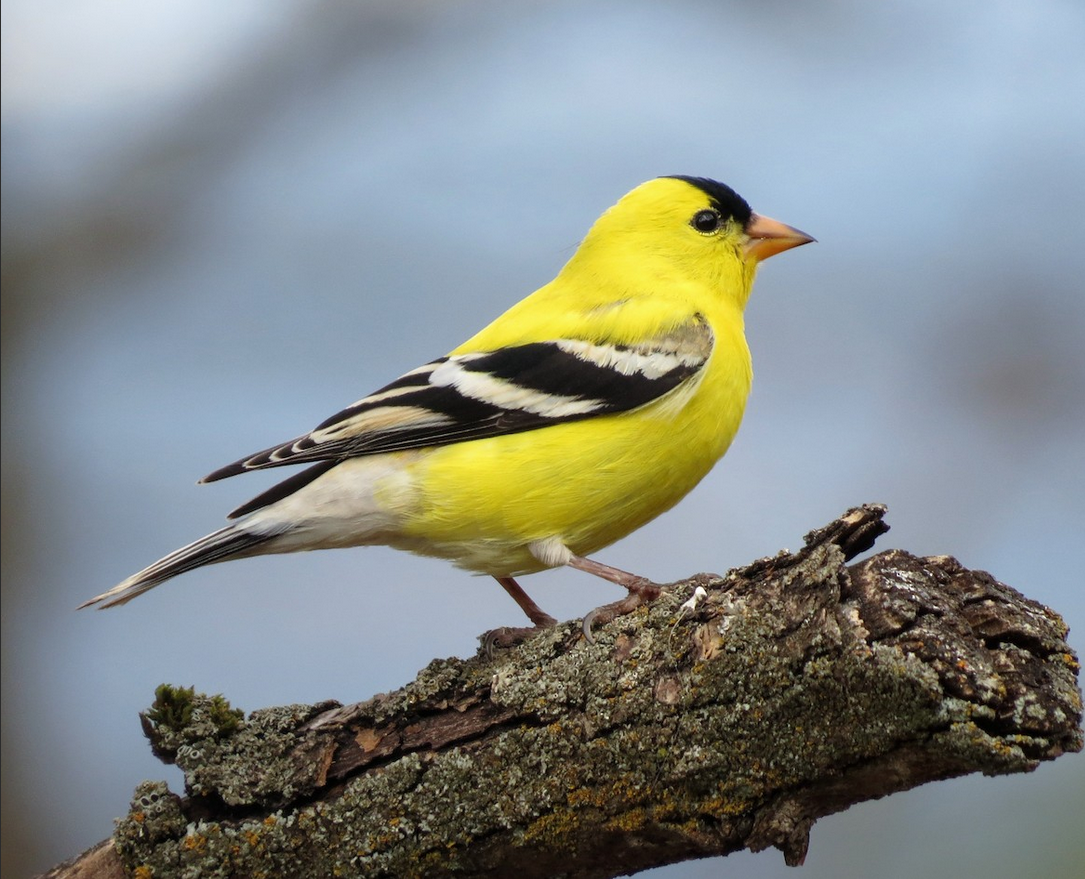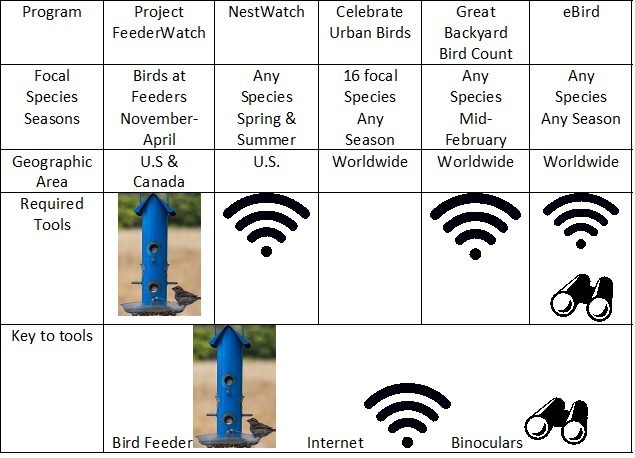Participatory Science for Educators
Scientists can’t be everywhere, so kids from all over can record data and send it in.
Heidi, grade 7
Participatory science is important! It’s a partnership between the public and professional scientists that can help answer questions scientists couldn’t answer on their own. Participatory science encompasses a broad range of topics, geographic settings, and strategies. Some projects are confined to a single town or watershed while others are global in scope. Others focus on individual species while others investigate broader taxonomic groups (for example, birds, butterflies, worms, turtles) or even entire ecosystems (for example, by monitoring environmental conditions such as water quality). At any scale, participatory science creates opportunities for young people to connect with the natural world, gain scientific skills, and learn key science concepts related to topics such as life cycles, habitats, adaptations, and interrelationships.

Through the Lab of Ornithology’s Participatory-Science Program, people across the continent help scientists by collecting data about their local birds and sending the information to scientists who study bird populations and conservation. We welcome your students to get involved and gather data about the kinds, numbers, and behaviors of birds that they see. Not only is this an excellent way to expose your students to what real scientific research is like, but it is also a way for them to be a part of a truly great cause. Your data contributions will help us to better understand and conserve birds.
We’ve found that children are really motivated by helping scientists in this way. Their data has real meaning, and they like the fact that their data helps birds.
Consider participating in any of these great projects offered by the Cornell Lab (plus, our curriculum connects students to all five of the participatory-science projects listed here)!

Project FeederWatch
Help scientists track bird population movements and monitor long-term trends in the distribution and abundance of birds in winter. You’ll periodically count the birds visiting your feeders and report totals online or on paper data forms. Join the FeederWatch team and learn more about the birds in your own neighborhood.
NestWatch
Who’s in that bird’s nest? We want to know! Join NestWatch and keep an eye on bird families throughout their nesting cycle. In this project, you monitor active nests during the spring and summer. You’ll keep track of what kinds of birds are using the nests, how many eggs were laid, and the number of chicks hatched. Participating in NestWatch is free. By taking part, you’ll help scientists learn more about how birds are responding to changes in their environment.
Celebrate Urban Birds/Celebra las Aves Urbanas
Connect to nature and birds through the arts and fun community activities! Celebrate Urban Birds raises awareness of birds and greening in neighborhoods all over the continent. Look for 16 species of birds for 10 minutes anywhere, any time, and share your observations. You can observe alone, or in a group. If you don’t know much about birds we’ll help you get started. Our bilingual educational kits include color posters, flower seeds for planting, data forms for you to use, and everyone is welcome.
¡Conéctate a la naturaleza y las aves a través de las artes y actividades entretenidas en tu comunidad! El proyecto de Celebra las Aves Urbanas crea conciencia sobre los pájaros y la jardinería en tu barrio. En cualquier parte y cualquier hora, observa aves por 10 minutos. Puedes observar solo o en grupo. Si no sabes mucho acerca de aves, nosotros te ayudamos a empezar. Regalamos un paquete de materiales que incluye posters coloridos, semillas para plantar flores, y formularios para que participes, y todos son bienvenidos.
Great Backyard Bird Count
Take part in this free, annual event that compiles bird counts from around the world to create a snapshot of bird populations in winter. You decide how long to watch during the four count days in mid-February. Enter your data online, then view maps, graphs, and summaries-and find out what scientists are learning from the results. Learn more at GBBC’s site.
eBird
Keep track of your bird sightings year round with eBird, a simple way to record your observations online and share what you’ve seen with scientists, educators, and other bird watchers. Submit and retrieve your own observations or find out what other eBirders are reporting from across the world. Your observations become part of a long-term database accessible to anyone who wants to learn more about the movements and distribution of birds.
Related Resources
- Explorer’s Guidebook (free download): This free booklet is self-explanatory and will walk you through six participatory science related activities and is available in English and Spanish.
- Feathered Friends (free download): This free, easy-to-use lesson series will help you teach science content year-round through the birds that visit. Use the March lesson in this series for activities around eBird.
- eBird Essentials for Educators (free download): A go-to guide for educators who wish to use eBird with student groups. This guide complements the eBird Essentials course, a free course that gives you the ins and outs of using eBird.
- eBird Explorers Curriculum Suite: Our newest curriculum suite provides educators with hands-on lessons that connect students to nature and grade-appropriate content through the world of birds!